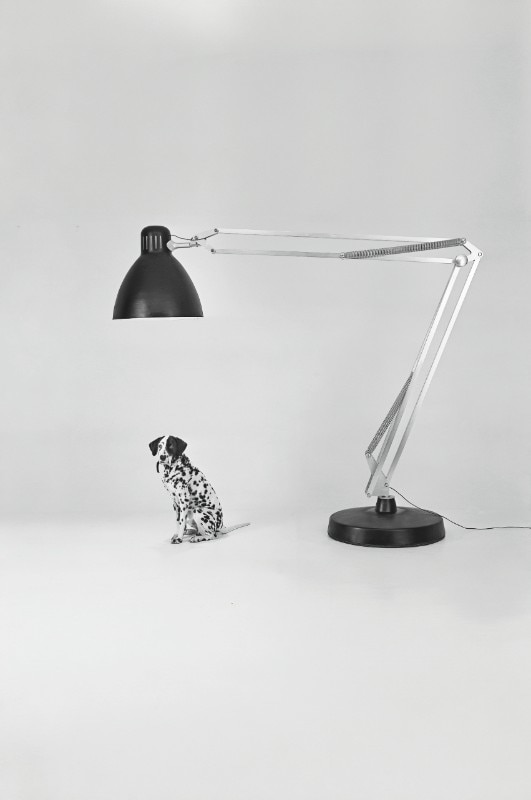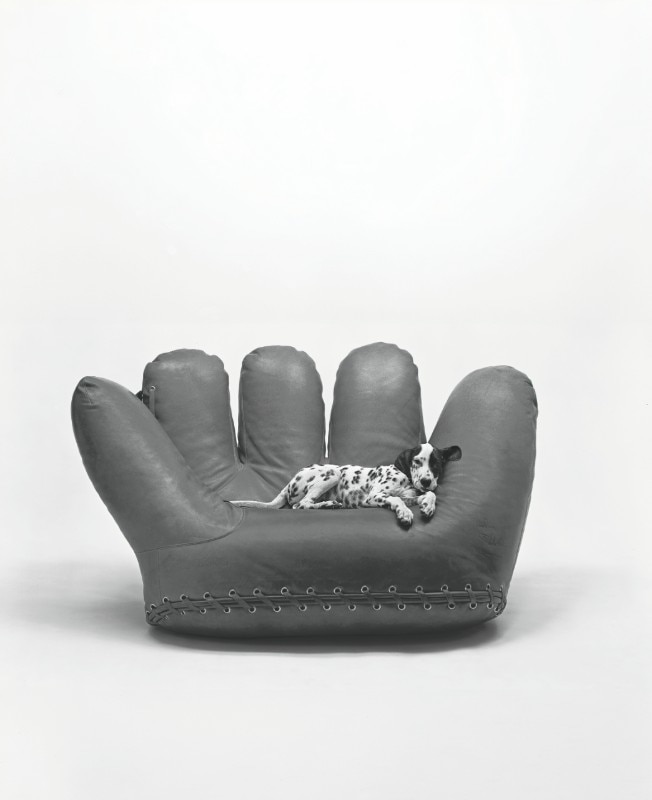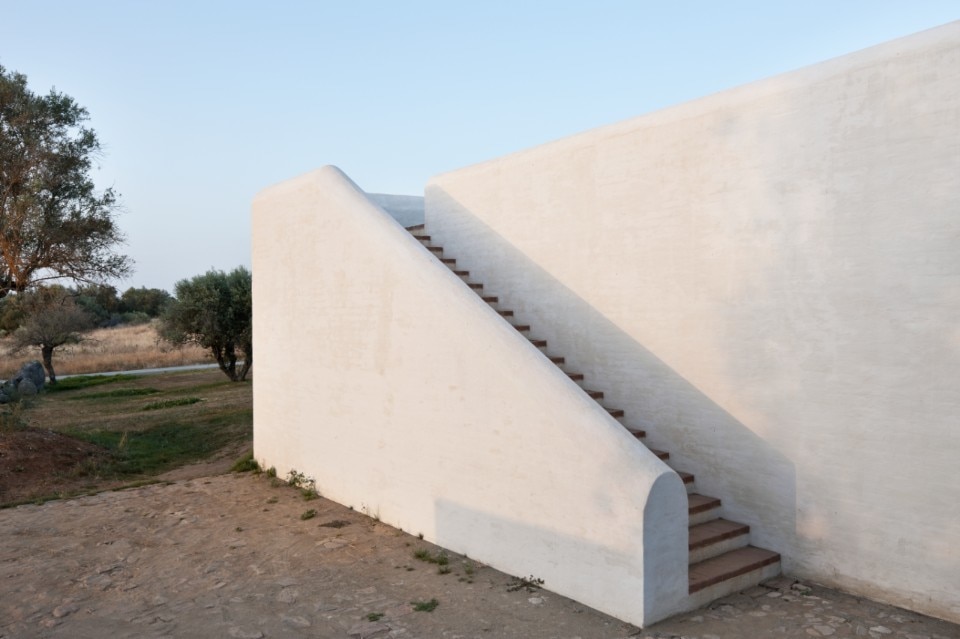From June 14 to November 3, 2024, the Castello Sforzesco in Milan presents the exhibition “Ballo&Ballo. Photography and Design in Milan, 1956-2005,” produced by Comune di Milano – Cultura, Castello Sforzesco, and Silvana Editoriale, and supported by Strategia Fotografia 2023. Studio Ballo+Ballo, with its photographs, was central to the cultural ferment and dynamics that led to the evolution of Italian design, significantly contributing to its international recognition, consecrated by the great 1972 exhibition at MoMA in New York, Italy: The New Domestic Landscape, curated by Emilio Ambasz.
The exhibition features over a hundred photographs from Studio Ballo+Ballo, some design objects on loan from the ADI Design Museum and the Applied Arts Collections of the Castello Sforzesco, as well as some personal items belonging to the two photographers, along with vintage magazines and volumes containing their photographs. The Ballos collaborated with Olivetti, Cassina, Danese, Zanotta, Brionvega, Alessi, Arflex, Bassetti, Barilla, Kartell, Artemide, Tecno, Driade, Borsalino, B&B Italia, Venini, and La Rinascente; their images appeared in major design and furniture magazines, including “Domus,” “Ottagono,” “Abitare,” and particularly “Casa Vogue.”
Aldo Ballo and Marirosa Toscani began their photography careers in the early 1950s. Marirosa attended the Brera Art High School but had been a photojournalist since 1949, working for her father, Fedele Toscani, a collaborator of Vincenzo Carrese and Publifoto, and later the owner of the Rotofoto agency. Aldo attended the same high school, then the Polytechnic University of Milan, and the Studio di Monte Olimpino in Como, founded by Marcello Piccardo and Bruno Munari, and dedicated to experimental cinema. He also worked for Rotofoto, but in 1956, with Marirosa, he left reportage behind and they opened what would become the most important photographic studio for design photography. The studio also became a place of training and cultural growth for many professionals, a workshop to learn a trade as well as a method of thinking and a lifestyle, and a place of exchange for artists, architects, and designers, including Bruno Munari, Gae Aulenti, Cini Boeri, Ettore Sottsass, Pier Giacomo and Achille Castiglioni, Enzo Mari, and Alessandro Mendini.
The video installations by Studio Azzurro, in dialogue with the photos and objects displayed in the Visconti Room, make tangible all that is memory – the photographic processes, the relationship with the design objects exhibited, the construction of the studio settings – making moments, processes, and experiences of a unique laboratory, Studio Ballo, but also of the era of analog photography accessible.

Klimahouse 2025: twenty years of sustainability
Now in its 20th edition, the international trade fair dedicated to responsible construction, energy efficiency and building renovation will be held in Bolzano from 29 January to 1 February.






















